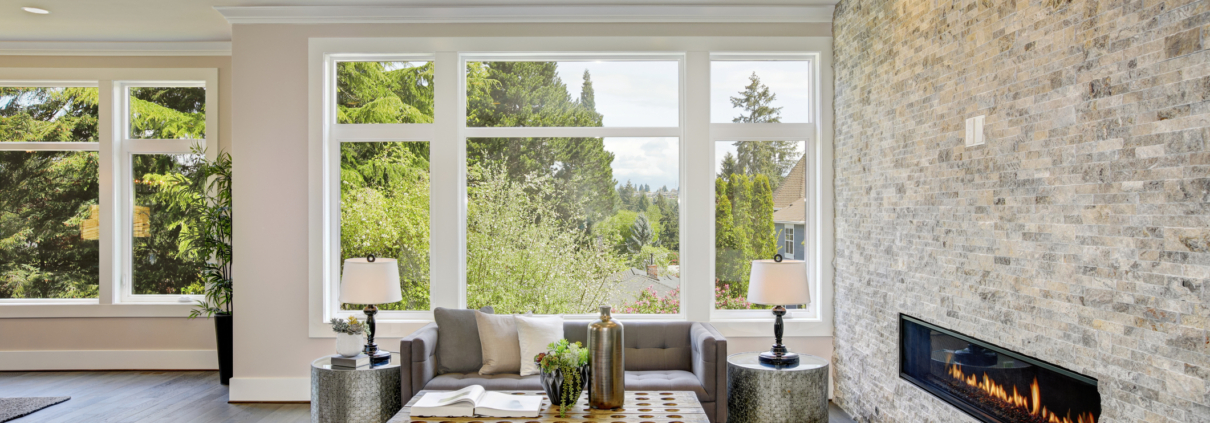Natural vs Artificial: Benefits and Disadvantages Between Stone Types
Choosing the right stone for your home can be a stressful decision—the cost, style, quality and placement of stone in your home are all determining factors in the type of stone and the quantity of it that you will purchase! Natural and artificial stone both have long lists of benefits, some of which differ from the other. Here are a few key differences between the two that may help you decide which stone is best for your purposes.
Artistic Integrity
Artificial stone can be manipulated into a wide variety of colours, textures and patterns that can match whatever style or design you have envisioned. This is achieved through the mixture of natural stone materials as well as the heating and pressurizing process. Natural stone, on the other hand, has the added benefit of artistic “integrity”—that is, the stone is purely and beautifully crafted by time, natural forces, and natural culminations of minerals. This adds to the value and uniqueness of natural stone, which may be a big appeal to many designers.
Weight
Natural stone is also significantly heavier than artificially manufactured materials. Larger chunks of minerals and the larger cuts mean much heavier portions of stone to work with. Meanwhile, other “man-made” stones are created using techniques that can ensure the durability of a stone without the density of natural rock. The insides may be more porous, the minerals used may be finer themselves, and the slabs can be cut to thinner widths without risking cracks and breaks, which automatically makes the stone slabs significantly easier to cut, transport, and install.
Effectiveness
Manufactured stone is created in order to mimic all the benefits of natural stone, including heat resistance, ease of sanitation, waterproof ability, and more. The fact remains that natural rock (which has existed for thousands of years already) is guaranteed and impressive lifespan and incredible durability. Artificial stone—because of its cheaper materials and processing—is slightly more susceptible to damage. However, because it is easily made, it is also much easier to replace! Consider the use and exposure of your stone surface to potentially damaging forces; this may help you decide which type of stone to invest in.
Explore both natural and manufactured stone options, from quartz and granite to dekton and porcelain, and consider the factors mentioned as you decide which stone will work best for your needs in your design.




Leave a Reply
Want to join the discussion?Feel free to contribute!